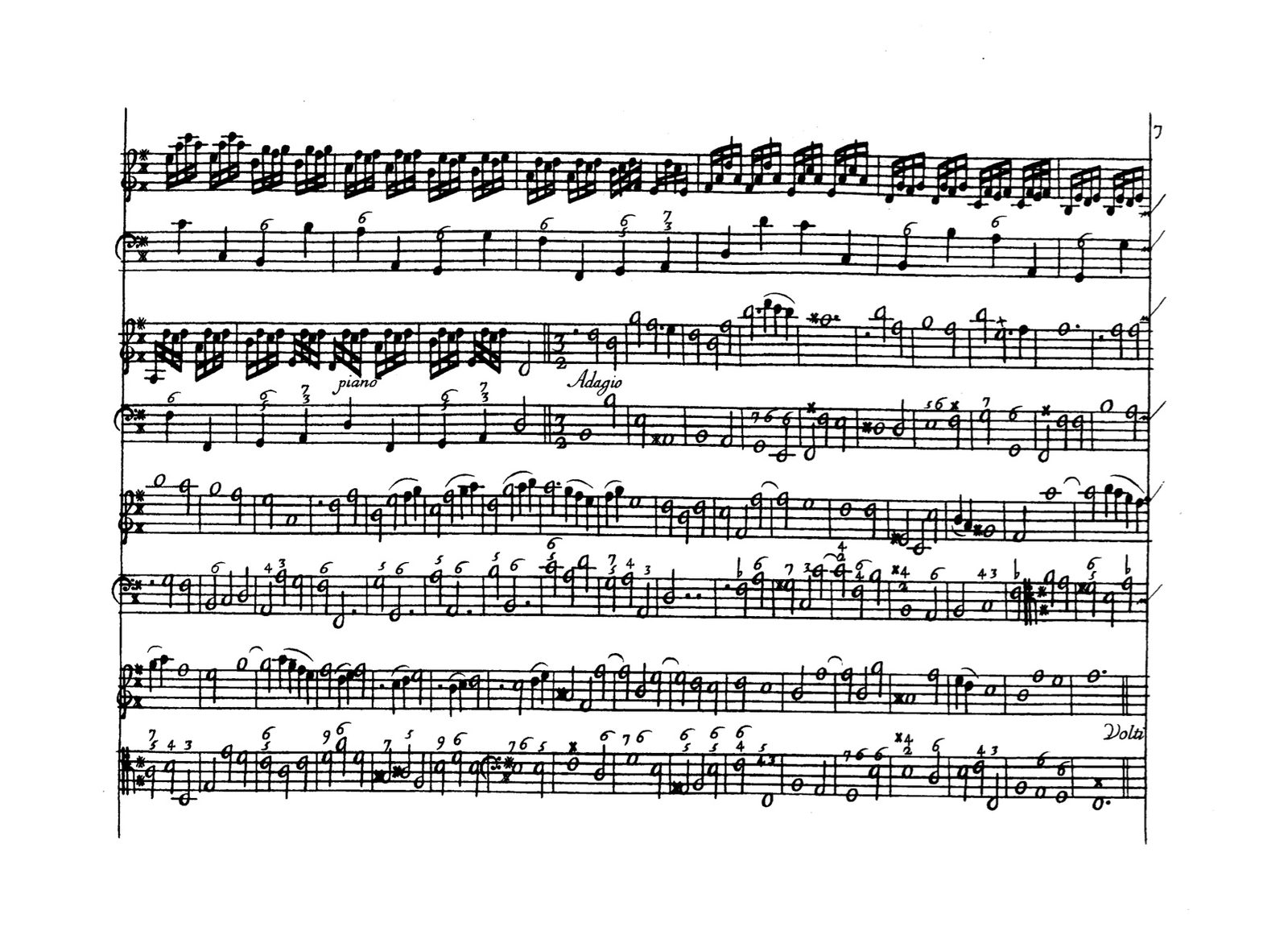Musicology - Con Brio
+ What are all the components of a musical experience? (Think beyond the notes!)
- How is this music taught and learned?
- How much is improvised?
- How old or new is this repertoire?
- What are the connections of this music to geographical locations, past and present?
- What meanings and associations does this music have for the people who make it? How are those different from any associations we might have about the sounds being made?
- What values are used to judge whether this is a “good” performance of this type of music?
- Who made this recording and what is that person’s relationship to the performer(s)?
- What other questions could help lead you to the kinds of information would help to understand more about each example?
The four examples below will provide a taste of what we do in musicology classes. Before you start exploring these musics, ideas, and activities, take a bit of time to think about the question above! And when you’re ready, click to see some of the questions we’ve come up with. Then consider all those questions as you explore each example!

|

|

|

|